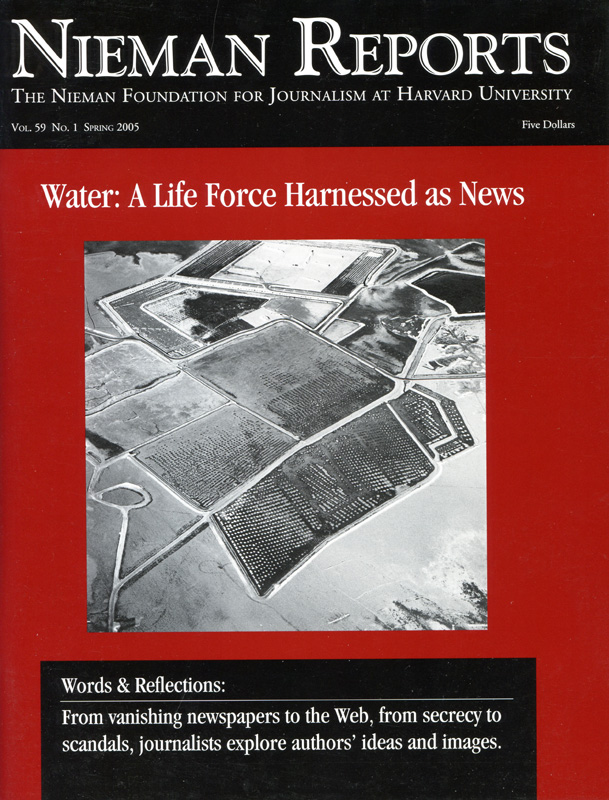“When the tsunami hit Thailand’s coastal line … nobody in this country would have thought that Mother Nature could inflict such casualties to the land of smile.” With those words, The Nation’s managing editor, Kavi Chongkittavorn, opens our collection of articles in which journalists from several countries illuminate issues that surfaced in their reporting on this disaster. Reporters whom The Nation sent to cover the devastation speak about the trauma of witnessing so much death, grief and destruction, and Chongkittavorn reports that for the first time at his paper “there have been some consultations between journalists and psychologists.”
S. Anand, a special correspondent with the Indian newsmagazine Outlook, speaks about how reporting in the aftermath of the tsunami illuminated long-standing issues regarding Indian journalists’ inability to report with real understanding about those who live in the fishing villages. “Correspondents who reported this story had almost never stepped into these ghettoized fishing settlements before the tsunami,” he writes. In Indonesia, media observer Andreas Harsono discovered a similar disconnect between the stories Jakarta-based reporters were willing to tell and on-the-ground realities of the situation in devastated political hot spots such as Aceh. Harsono urges Indonesia’s journalists “to rid themselves of their narrow-minded sense of nationalism and start to report on the Aceh and its people from a broader perspective.”
Richard Read, who covers international affairs for The Oregonian, flew to the tsunami region with local relief workers and a staff photographer while asking himself, “Where does one begin to extract meaning from mass destruction?” To do this, Read selected “a few families, a few aid workers, a few towns” and showed them to readers with the up-close detail of narrative storytelling. In the course of his reporting in two countries, the scenes Read used to present his subject’s stories “began to form chapters in a narrative.”
From Sri Lanka, V.S. Sambandan, reporting for The Hindu newspaper readers in India, writes about international journalists whose reporting lacked cross-cultural sensitivity. Sri Lankans whose lives were uprooted by this tragedy told Sambandan how they didn’t like being portrayed as “beggars.” As one villager told him, “Go tell the world that people here are helpless. They are not beggars. They all lived well. Now they have lost it.”
Simon Waldman, who directs digital publishing for Guardian Newspapers in England, explores how bloggers’ firsthand accounts of the tsunami were “created, disseminated and consumed instantly,” while traditional media came to grips with how to report this massive story. “But the sheer excess of the disaster highlighted both the great strength and the great weakness of the fledgling citizen journalism movement,” he says. Like The Guardian newspaper that interwove blog reporting with its news coverage, Steve Outing, senior editor for Poynter Online, points out tsunami coverage at other news organizations that demonstrates how the blogging work of “citizen journalists” can complement mainstream reporting, when journalists “assume a different mindset to take advantage of it.”


